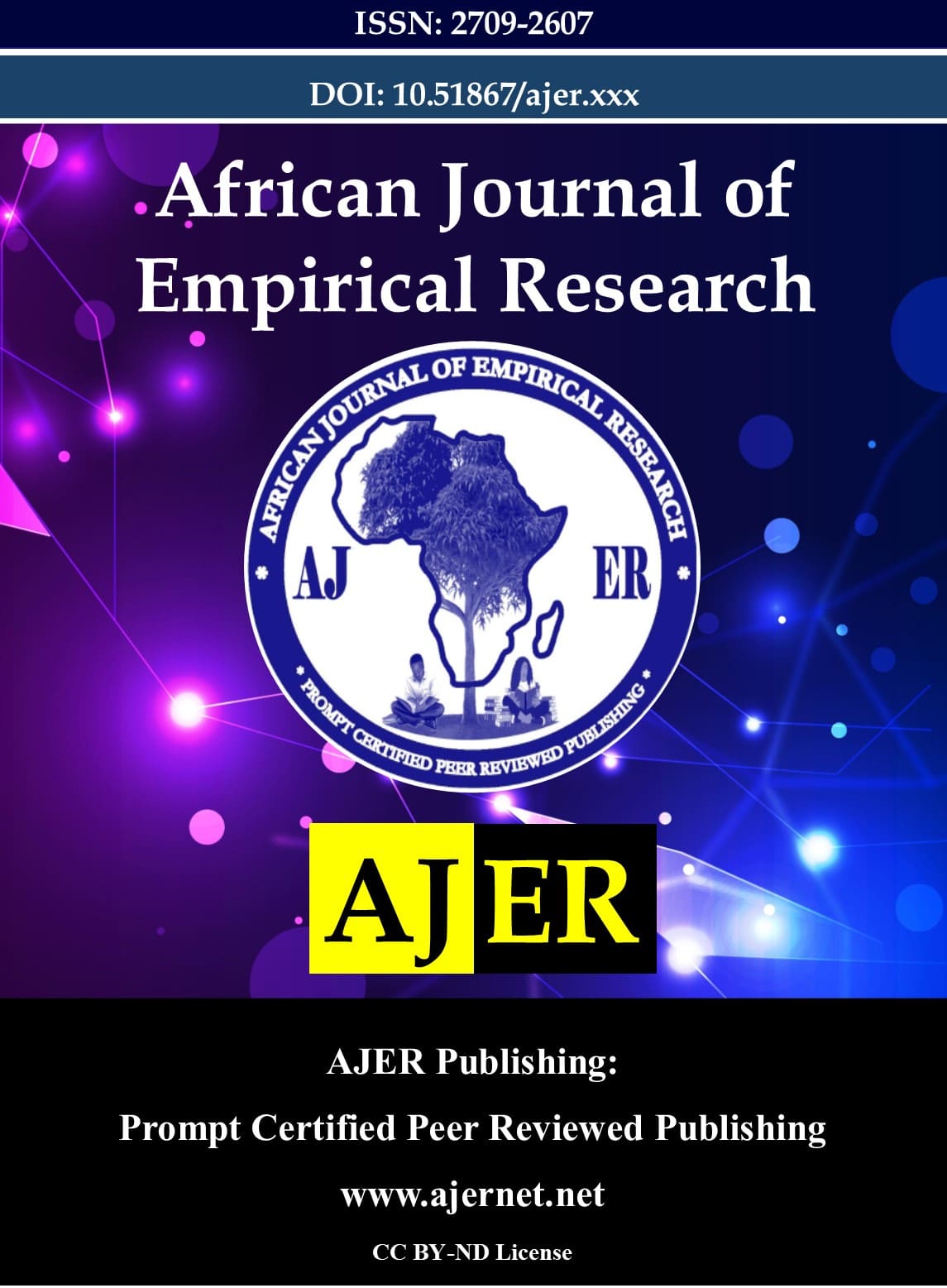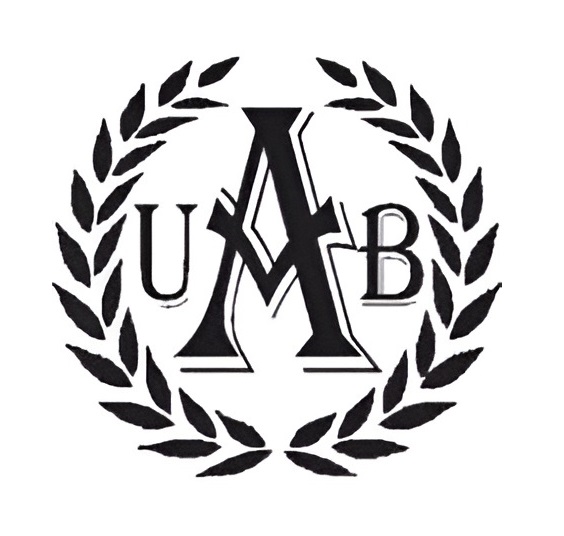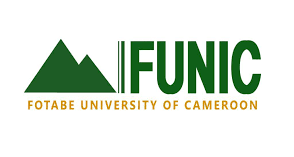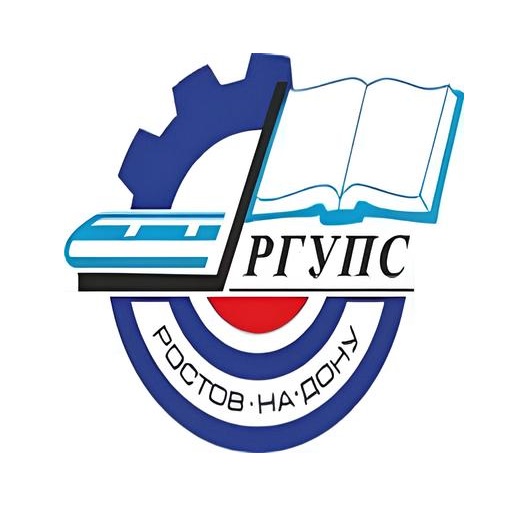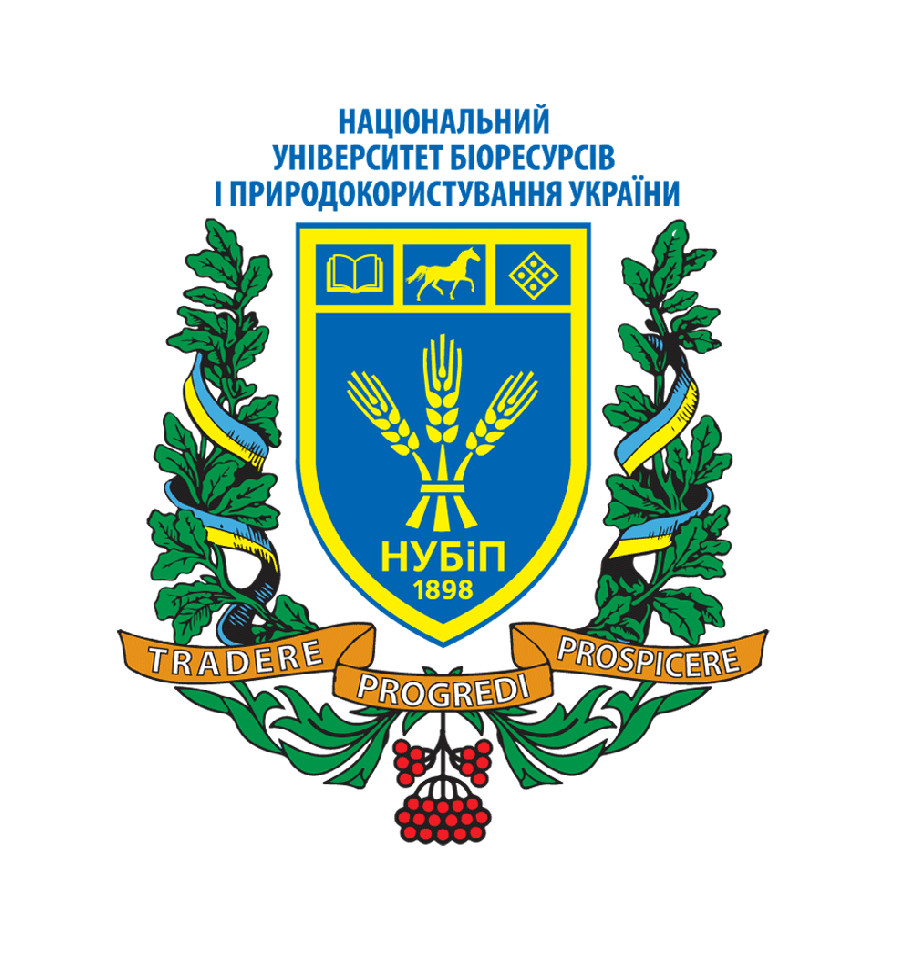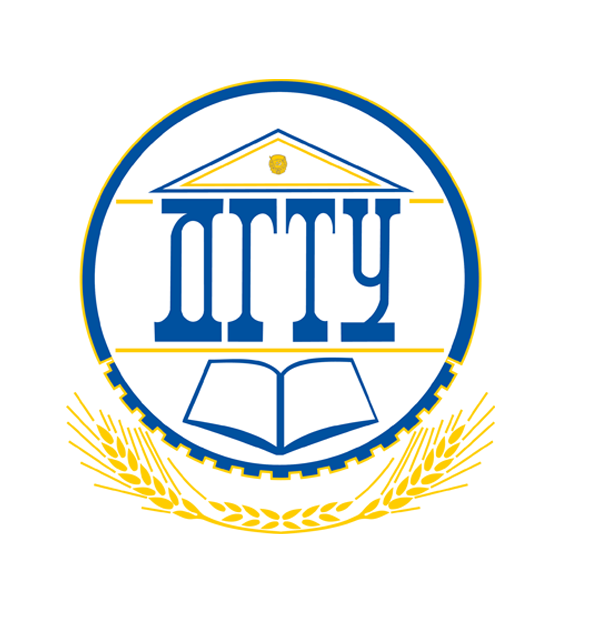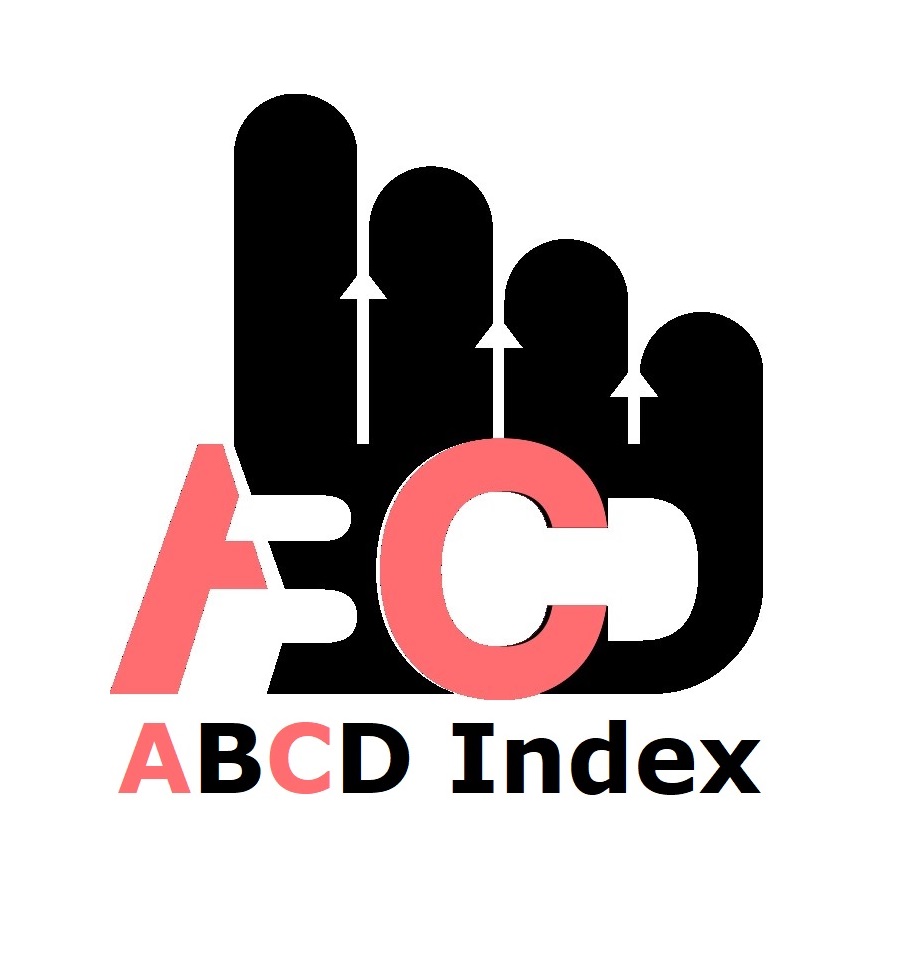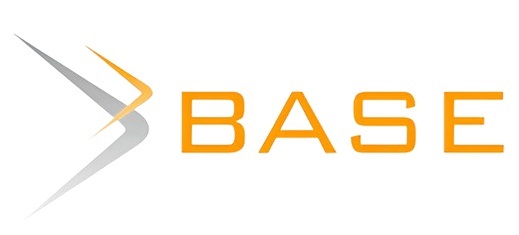The contribution of Islam to the development of education in Kakamega County, Kenya: A case study of Kakamega Muslim Secondary School, 1983–2023
Keywords:
Educational Development, Islamic Education, Kakamega Muslim Secondary School, KenyaAbstract
This study is set to examine the contribution of Islam to the development of education with special reference to Kakamega Muslim Secondary School, Kakamega County, Kenya. This study cramped itself to a period between 1983 and 2023; 1983 marked the establishment of the school, as it provides a logical starting point for examining its historical development. The 40-year span allowed for a comprehensive analysis of the school's growth, contributions, and challenges over time. Ending in 2023 captured the most recent developments and ensured the availability of reliable data from the school records, policy documents, and living witnesses. What prompted the documentation of this study was the limited understanding of how Islamic education shaped educational progress in Kakamega County. While tracing the historical foundations of the school, the study was guided by the following objectives: to trace the historical development of Kakamega Muslim Secondary School, to examine the contribution of Islam to the development of Kakamega Muslim Secondary School, and lastly, to assess the impacts of Kakamega Muslim Secondary School alumni on the community. This study was guided by policy historiography by Trevor Gale, as it helped to examine how historical and socio-political contexts shaped education in KMSS. This research also employed a historical research design, which was a qualitative approach. Due to the historical nature of this research, it employed both primary and secondary sources of data collection in order to get firsthand information. This research, however, relied on primary sources that included document analysis and interview guides that were done orally, as this helped to provide valuable insights into the role of religion in shaping the institution by emphasizing the importance of community support, religious values, and leadership in fostering the development. The target population involved the community, parents and students, the alumni, and the school administration, who were sampled using purposive sampling. These data collection processes were used to comprehend the Islamic teachings in influencing moral and ethical education by showing how the curriculum inculcated with Islamic values provided not only secular and religious education but also, in addition, the role of Muslim organizations such as religious endowments and charity donations in promoting growth and development of the school. Archival data were produced by the method of thematic analysis. This allowed to confirm information gathered via interviews by eyewitnesses. The verified data was then analyzed and presented qualitatively under themes with special reference to study objectives. In conclusion, this research demonstrated that the contribution of Islam to the development of Kakamega Muslim Secondary School played a pivotal role in ensuring its success as a center of both academic and religious learning, benefiting the local Muslim community and beyond. From the findings, the study recommends the Ministry of Education, the Muslim community, and the school administration ensure that they preserve the Islamic culture while teaching IRE, encourage active community involvement, preservethe school’s Islamic heritage, and provide government recognition and support for faith-based institutions in national education.
Published
How to Cite
Issue
Section
Copyright (c) 2025 Wekesa Nakhumicha Dinah, Dr. Barasa Samson Omachar, Dr. Eunice Majanga

This work is licensed under a Creative Commons Attribution-NonCommercial 4.0 International License.
Most read articles by the same author(s)
- Carolyne Nakhumicha Masibo, Dr. Eunice Majanga, Dr. Philip W. Mukonyi, Dr. Epari Ejakait, Effectiveness of gender-based violence policy frameworks on academic achievement among public secondary school students in Bungoma County, Kenya , African Journal of Empirical Research: Vol. 6 No. 4 (2025): Oct-Dec 2025
- Brenda Sara Khanani, Barasa Samson Omachar, Joseph Wamocha Nasongo, Eunice Kanaga Majanga, The contribution of Bethwell Allan Ogot to the development of higher education in Kenya (1964–2013) , African Journal of Empirical Research: Vol. 6 No. 3 (2025): Jul-Sep 2025
- Samson Omachar Barasa, Eunice Majanga, Philip Mukonyi, Professional development opportunities as a driver to academic staff job satisfaction in selected public and private universities in Kenya , African Journal of Empirical Research: Vol. 6 No. 4 (2025): Oct-Dec 2025
- Barasa Samson Omachar, Eunice Majanga, Philip Mukonyi, Work environment as a driver to university academic staff levels of job satisfaction in a selected public and private universities in Kenya , African Journal of Empirical Research: Vol. 6 No. 4 (2025): Oct-Dec 2025
- Brenda Sara Khanani, Barasa Samson Omachar, Joseph Wamocha Nasongo, Eunice Kanaga Majanga, Bethwell Allan Ogot's contribution to the development of African historiography (1964–2013) , African Journal of Empirical Research: Vol. 6 No. 3 (2025): Jul-Sep 2025

